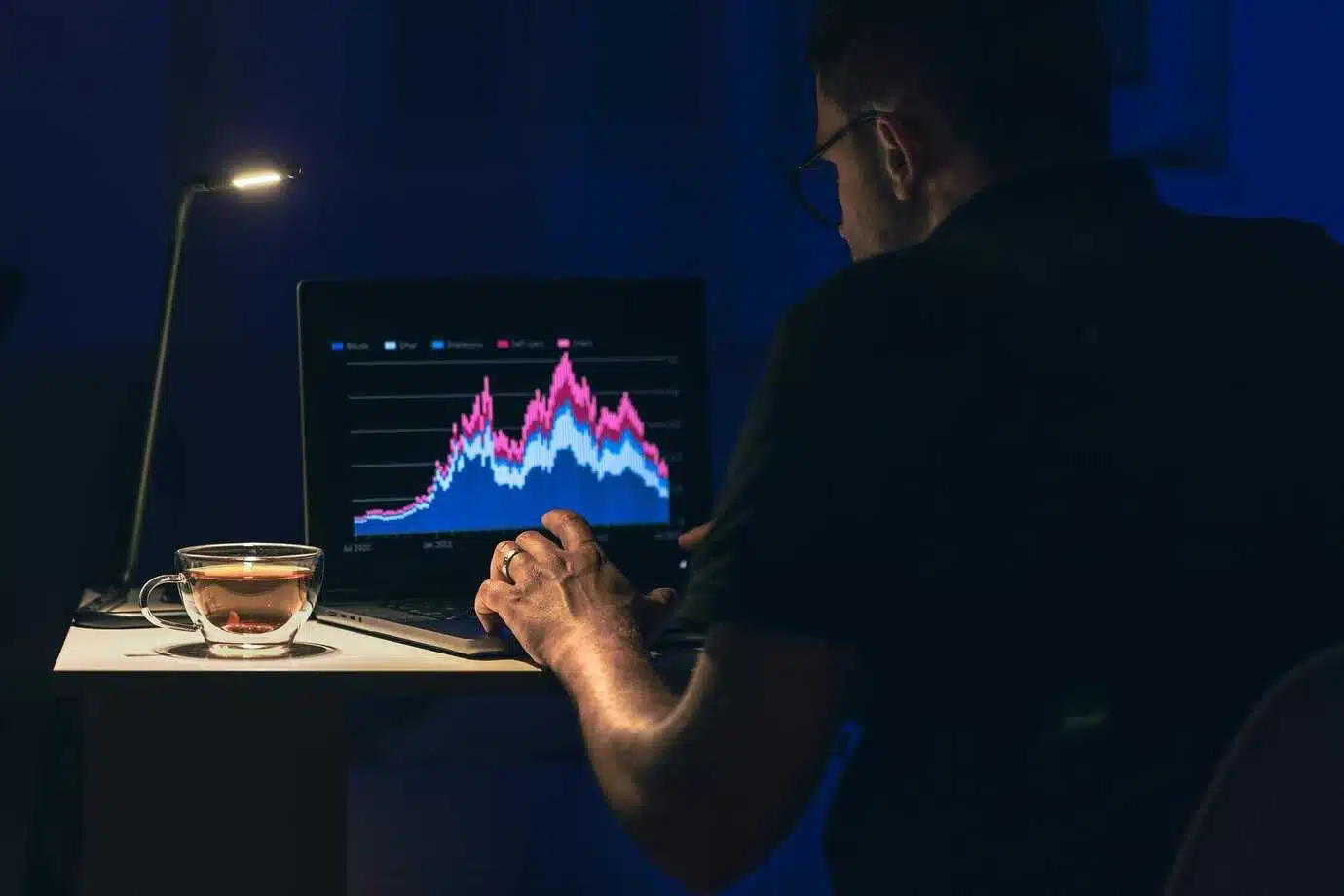Asset tokenization is rapidly changing the landscape of investment opportunities in the U.S. With the advent of this innovative approach, traditional avenues of investing are being complemented by a digital method that offers numerous advantages. As asset tokenization becomes more prevalent, understanding its impact and potential benefits becomes crucial for investors looking to diversify their portfolios and embrace technological advancements in finance.
In recent years, digital transformation has driven significant changes in various sectors, from commerce to finance. Asset tokenization stands at the forefront of this evolution, promising to democratize access to assets and redefine how investors perceive and engage with investments in the financial market. By bridging traditional finance and decentralized technologies, tokenization paves the way for a more inclusive and agile investment landscape.
Understanding asset tokenization

Asset tokenization refers to the process of converting real-world assets into digital tokens on a blockchain. This transformation allows for fractional ownership, making it easier for individuals to invest in high-value assets like real estate, art, or commodities without purchasing the entire asset. By leveraging blockchain technology, transactions become more transparent, secure, and efficient, eliminating many of the barriers associated with traditional investment methods.
Tokenization not only democratizes access but also enhances liquidity. Previously illiquid assets can now be traded more easily, providing investors with the flexibility to buy and sell partial ownership as their needs change. This synergy between modern technology and investment provides unparalleled opportunities for both seasoned and novice investors. With reduced friction and greater autonomy, individuals gain more control over how and when they participate in the market.
The mechanics behind digital tokens
At the core of asset tokenization are digital tokens that represent a fraction of an asset’s value. These tokens are created using blockchain technology, which ensures secure and transparent ownership records. Each token is a secure, tamper-proof representation of the asset, enabling seamless transfer and trade among investors. The beauty of blockchain is in its decentralized nature, which reduces the need for intermediaries. This not only minimizes costs but also accelerates transaction times, offering a much-needed upgrade to the conventional, often cumbersome, investment processes.
Advantages and challenges of tokenized investments
The rise of asset tokenization in the U.S. presents myriad advantages. Investors benefit from fractional ownership, increased liquidity, and reduced barriers to entry, which democratizes investment opportunities. Additionally, blockchain’s inherent security and transparency foster greater trust among market participants. As regulatory frameworks continue to evolve, the U.S. is poised to become a global leader in shaping the future of tokenized finance.
However, challenges persist. Regulatory clarity is crucial to ensure compliance and protection for investors and issuers alike. As this technology continues to evolve, lawmakers must strike a balance between fostering innovation and safeguarding the financial market. Education and adoption are also critical, as investors and institutions must understand the nuances of tokenized investments to fully leverage their potential.
Navigating the tokenized investment landscape
For investors interested in exploring tokenized assets, understanding the underlying technology and its implications is key. It is essential to conduct due diligence on the platforms and assets being considered. Evaluating the credibility of the token issuer and the robustness of the blockchain infrastructure are vital steps in this process. Additionally, keeping abreast of regulatory developments will help investors navigate this pioneering space confidently. By staying informed and proactive, participants can maximize the benefits of asset tokenization while mitigating potential risks.




